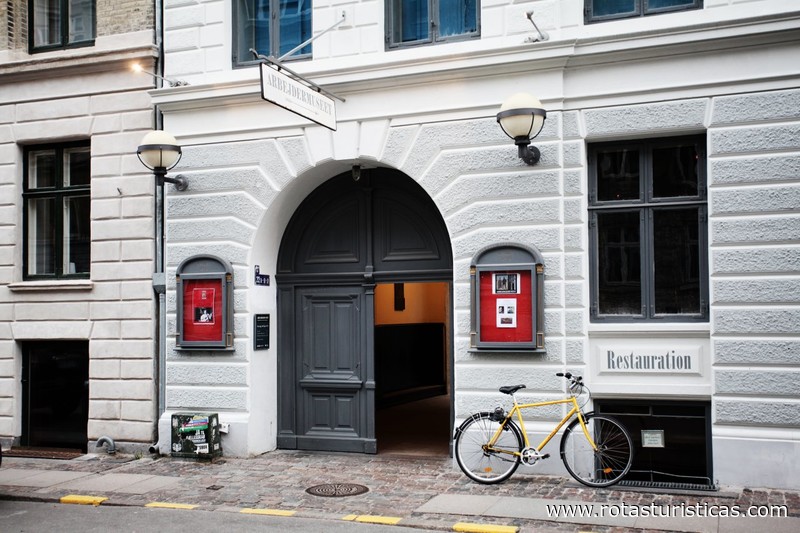Copenhagen, Hovedstaden, Dinamarca
Sugerir Local a Visitar
4882
Seguir para o local com GPS |
 |
The Workers’ Museum in Copenhagen was established in 1983. In 2004 we merged with The Labour Movements Library and Archives, founded in 1909. We are now a cultural historical museum, an art museum, a library and an archive.
We started from scratch collecting objects for the new museum in 83, and made our first exhibition in ‘84. The museum is situated in the former Workers’ Hall. It is the oldest workers meeting hall in Northern Europe (1879). The foundation of the museum was strongly supported by the Danish Federation of Trade Unions that still is our main financial support and holds the chairmanship of the board. Without that support the museum would never have existed.
Our exhibitions consist of two parts: The permanents are based on our collections and show the cultural history of the Danish working class from around 1850 until today. One tells about everyday life during the 1950’s, another shows the crisis in the early 30’s, the third is called “The Sorensen Family” and tells the (true) story about a Copenhagen working class family through three generations and the fourth “The Peoples Century” describes the progress of the workers during the last century, the establishment of the welfare society and what we call the Nordic Model on the labour market.
We show 2-3 temporary art or cultural history exhibits a year in our underground extension from 2004. The main part of our art collection is a collection of Danish art from the period after WW2 created by The Workers art Association and recently given to us. The rest is art on work and industry.
The library has an international book collection about the labour movement, mostly for scientific use, a reading room and lending facilities, and the archives contains documents, papers and photos from The Danish Trade Unions and Socialist parties and persons from more than 100 years.
After the reopening in 2004 we have had 125 000 visitors, before the extension and merger we had 100 000 a year. The last full year of activity in the library and archives section shows 13 000 loans, and to the reading room 2950 book-loans, 328 posters, 249 microfilms, 6084 archive units and 3650 photos. Since the mid-90’s we make regularly museum-visitor surveys and know - to mention some few things - that about 90of the visitors find us better than good, 75would like to come back and that the average amount of visitors from the province (42 is higher than that of the National Museum. Around 25 000 are educational visitors. The demand for better premises and service-facilities has been very consistent in the visitor-surveys. That was 54 www.thebestinheritage.com a fine support in the funding of the 6 mill. Euro we had to pay for the extension and the merger in same take. We are 20/100 years, 35 full time , museum collection 42000 objects, archives 10 km, 40 000 books, 3 mill. photos, 780 oil-paintings and 13 000 drawings and prints. The yearly turn-over is 3 mill. Euro. Our main financial support is from the Federation of Trade Unions and the Ministry of Cultural Affairs (1/2) and the other half we earn or find ourselves.
I would like to concentrate my presentation about three important cores in the museum part of our activities
identification from workers
information policy
and the museum and the society, and for the last part use two political incidents to place our collections and activities us in the actual society.
Identification
In 1983 the museum started totally from scratch. We decided very quickly that we wanted to make an exhibition about the 1950’s and that showed out to be a very lucky punch.
We had no objects at all, no collection, and first decided to use the press to collect objects for the exhibition. All the papers wrote very positively about the new museum. But it didn’t bring in one single object of any use. Then we decided to use the trade unions (around 80are organised in DK) and especially their monthly magazines. We made long list of wanted objects from everyday life in the 50’s. The women’s magazines list for kitchen and bedroom, and for the men’s tools and so on. The reaction was fabulous. During two months, March and April 1984, we received approximately 12 000 objects – more or less from the 50’s and made our exhibition to ordinary people out of the objects we got from people. Their own history. They were suddenly history. The exhibition about the fifteeth should have been on show for half a year, but we still have it after more than 2 millions visitors.
Through the collection work and the exhibition of the collected object we had created a great identity to workers, former workers or white collars with a workers background. The identity was combined with our exhibition policy: The design was very open, it was very important to let people come close into the exhibition, and important to show them that this is not a museum filled with dust and show-cases: It’s your objects, your history; and you are welcome in your own history!
First of all the identification has been very evident from a large group of the Danish population, it is their museum and they come to it. Secondly we have largely been identified as the museum with the 50’s collection – and even now after 20 years people still come to us with their objects from the 50’s - or they simply leave them in the exhibition.
Information
It is very important for us to tell stories. The vision is in combination between museum, archives and library to
create a labour historical attraction of international standard offering the users highest possible experience and insight in the working class history and art
to secure a joint preservation of this history
and to secure the general consciousness of it’s importance for the development of society
In our exhibitions the objects are not an information, but the reason to tell a story. And our point is that most of our visitors should be able to understand the story immediately themselves. It means very few texts. But it too means that we want to give people a total experience of our house. Our guests normally use 1- 1/2 hour in the exhibits. The Best in Heritage 2005 55 Very often - and especially during the weekends people come with friends or as families with 2-3 generations. Our total permanent exhibition area is only 700 m2, the extension is 370 m2 for temporary exhibitions and the 400 m2 of the reading-room and library facilities a are mostly used by scientists, writers and students.
The total experience for our guests is created through two elements of identity and information more. First of all the building is a listed monument. It was listed right after the establishing of the museum. The meeting hall has been the meeting place for generations of Copenhagen Workers to all kind of activities since 1879. Meetings, conferences, parties etc. A lot of guests to the museum have an emotional connection to this room. It is now restored as it was during WW1. And we still run it as a room for all kind of cultural activities, sell it as scene to film shootings, conferences, concerts and parties. It is either pure business or pure advertisement. But we too use the old workers cafe in the house “Café and Beer Hall” as an important combination. It has been there since 1879. We restored it as it was in the 1890’s.In our exhibitions we allow the guests to come close to the objects, close to history. In the beer hall we offer them to taste history with good, traditional Danish food, beer card instead of wine card and our own reconstructed co-operative beer from 1947 – a so-called “Star”.
The museum and the society
But it is not without problems to make history like that and to engage people in their own history with a strong identity. The strong personal identity individualises history. As a personal experience to the guest is it positive, but the danger is that the possibility for the individualisation creates a possibility to loose perspective so that depth and lines in history disappears. That can lead to political misuse of the museum’s profile. And that is the first out of two examples of the museum’s place in society. The first case – from 1999 - started innocently when our restaurant “Café and BeerHall” was contacted by an organisation introducing itself as DFP. They wanted - as it often happens - to arrange a press-meeting in the café. Some few days before the press meeting, however, the staff discovered that DFP stood for Dansk Folkeparti - The Danish People’s Party - which is a right-wing populist party, which with oversimplified and xenophobic messages manages to attract 10 to 15of the Danish electorate, many of whom are former Social-Democrats, that is to say the industrial workers who are considered to form the basis of the Workers’ Museum. What to do? No matter what solution you choose, it’s going to be a wrong one. If we turn them down, we’ll be accused of behaving like die-hard socialists playing dirty tricks, and if we accept them, we’ll be accused of allowing right-wing extremism to gain a stronger profile. Taking everything into consideration, we chose to let the press meeting go through. The day before the meeting, it became clear that The Danish People’s Party was about to launch its new campaign: “Old Denmark - Security in Old Age”. The core of the campaign was a long series of flamboyant promises to elderly people about how they’d get better lives. The reason why there were insufficient resources for the elderly was, of course, the presence of the many refugees in our country, who ought to be returned to their own countries. Only on the day before did the party issue its press release, and the story was in the media on the same day as the press meeting was going to be held at 1 o’clock. It virtually exploded immediately.
The Danish People’s Party is headed up by a charismatic lady, a former home carer, who sticks to a few, simple messages clad in a language that anyone can understand. Also the party has a skilful press strategist, and in the course of a few hours it became clear 56 www.thebestinheritage.com that the Museum was up against adversaries who knew exactly what they were doing. Therefore, I decided to stick to the same simple, cool and controlled strategy as the party did. Initially, I only made statements to two major newspapers – because they already had been there - and decided to turn down everybody else, referring them to the press meeting, at which I would not be present, and decided only to talk to the TV News on channel 1 – the most seen news. The News did arrive, and I suggested to tape the interview surrounded by the reason why the party had chosen us as their frame: our popular exhibition on Life in the good old 1950s. That exhibition also has a working coffee-shop from the 1950s and the News only got one answer to their question, why we allowed the party in: “Here in our exhibition from the 1950s we sell about 10,000 cups of surrogate coffee to our visitors every year. So why in the world wouldn’t we allow surrogate politics to be served up in our basement worker’s café?” Later on the TV News interviewed the party leader, and both items were mixed in the News that evening. Asked why she had chosen the Workers’ Museum to launch her campaign in, she replied that the Museum was well know for its close links with the ruling Social- Democratic Party; but it received public money and “for that reason we’ve a right to be here too”. Then followed by my answer “…So why wouldn’t we allow surrogate politics… By means of friendly editing of the item, the obviously negative situation for the Museum had been turned into a partially positive one. The trade unions reacted positively and agreed that we had been right in not keeping out The Danish People’s Party. By contrast leading Social Democrats in the persons of the prime-minister and the finance minister reacted negatively stating that we had committed a major blunder by letting them in. Fortunately the campaign wasn’t very substantive. The affair died down in the course of a few days. The lesson to be learned is clear: As long as you’re disseminating innocuous culture information there isn’t a problem. But as soon as you move into society and its political life, and become part of the debate in which opinion and interests come into conflict with other opinions and interests, you should be very cautious and know exactly, what you want to do with your own institution in that game. The last case is from 2004 and about an exhibited museum object that suddenly by politicians was regarded as a danger to their political profile. After the collapse of Communism the small communist part of the Danish trade unions disappeared as well. The communist Sailors’ Union owned a Leninstatue, originally from the Soviet Union. They donated it to the museum, and it has been exhibited since 1998 in our permanent exhibition “The Peoples Century” (20.th century). It is 4 m. high, 7 tons heavy and therefore placed outside the buildings. During the following years several right-wing persons and organisations tried through press campaigns to have it removed. In vain. In the spring of 2004 the official magazine of The Ministry of Culture published an article about the statue. Right after that an MP from - the same - Danish Peoples Party demanded in the press that the museum should provide the statue with a supplementary text condemning Lenin as a “murderer and executioner”. From the side of the museum we refused any politician the right to decide what to write in our texts, we also refused to polemise in our information and to give in to political pressure on the exhibition policy, being a museum under the national Law of Museums. The MP asked the Minister of Culture to demand the text corrected or the statue removed, but according to the same law the minister is not entitled to do that. Because of the principal public interest in reliability and sovereignty of museum dissemination of information, this case was heavily exposed in all media during springtime. The debate died slowly over The Best in Heritage 2005 57 the summer mostly because the museum had been closed during a longer period for the underground extension and the merger. In late summer however on the day before our reopening, a public letter to the board of the museum from twenty former Social Democratic ministers, MPs and mayors was published in one of the major national papers. In the letter they demanded the removal of the Lenin-statue from the museum. This was of course carefully planned by the “executioner” and the timing and scope of the letter put the museum in a very dangerous position. If we would agree to have the statue removed, our reliability to our visitors as well as our donators would be lost and our professionalism questioned. And if we refused, we were in danger of loosing support from our closest political supporters, who even were represented in our board. The problem was that the overall political attitude of those who had submitted the letter was a general positive identification with the museum’s worker profile. And as their socialist profile in general was fading, the provocation by a statue from the communist part of socialism, obviously was regarded as a political danger, a threat to their political profile and a wrong signal to the voters. Their reason for demanding the statue removed was, that Lenin was a traitor to the democratic socialism – and that exactly democratic socialism and not communist relicts ought to be the museums storytelling profile. They claimed indirectly ownership to the content of the museum. My answer was “We are here to tell the story, not to hide it”. Because of the political power behind the letter and the impact of political censorship on a cultural institution, the press coverage was total in all national media (radio, TV and more than 300 clippings, now exhibited on our web-site). The museum was swamped with expressions of sympathy from many supporters and a few declarations of the opposite. The important capstan was the board and their handling of the letter. The support from the board to me as director was unanimous: The board refused to accept any kind of meddling in the museum information about the workers’ history, otherwise it would loose trustworthiness. “It is a good democratic tradition to be able to discuss things, “ the chairman said to members of the press, who for two hours had been waiting outside for the decision and maybe for a sensation. And as a real trained union leader he went on: “But it is still allowed to use your grey cells before you speak. And they should have done that”. As soon as you as a museum director realise the actual danger you have to take control all the way round: The board, the staff and the public opinion if possible... Suddenly you are up against well-earned rights. Here it was political, but it can as well be economical rights, proprietary rights - or xenophobic biases. Actuality of museums bring them out of the goldfish bowl into the pond of the society of to-day.
I dare say The Worker’s Museum is a success. Appreciated by the users: The visitors, the writers, scientists, the many with a feeling of identity to the house – and sometimes too by the politicians, because they on the other hand too ask us for help preparing debate in parliament and in the government on heritage issues.
Comentários
Ainda não temos comentários acerca de:
Worker's Museum
Worker's Museum
Seja o primeiro a deixar um comentário, pois é muito importante, para ajudar a informar outras pessoas
Outros locais a visitar
Num raio de 20Km de:Worker's Museum
Castillo de Rosenborg |
| 0,4 Km |
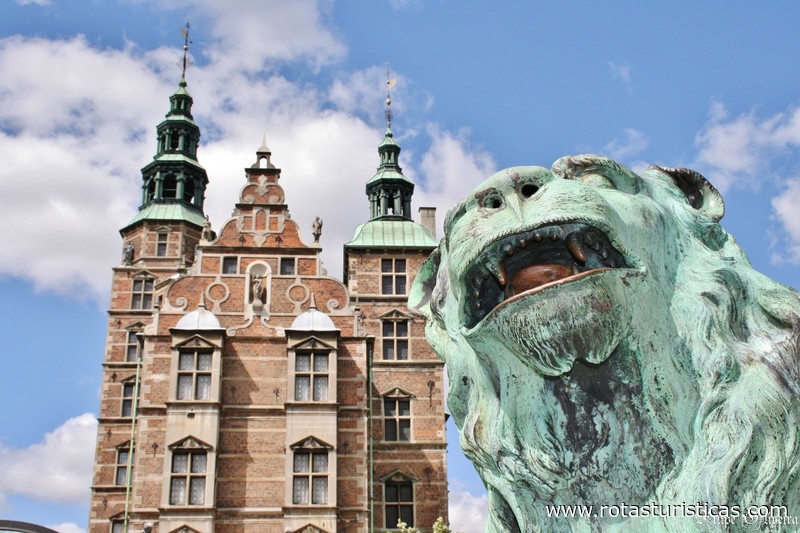 |
Museo geologico |
| 0,5 Km |
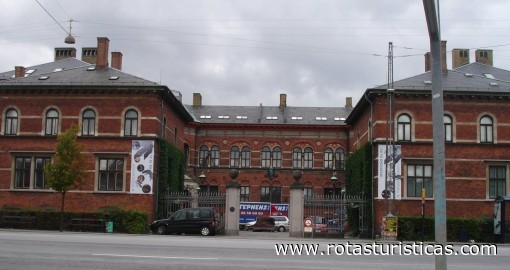 |
Statens Museum For Kunst |
| 0,7 Km |
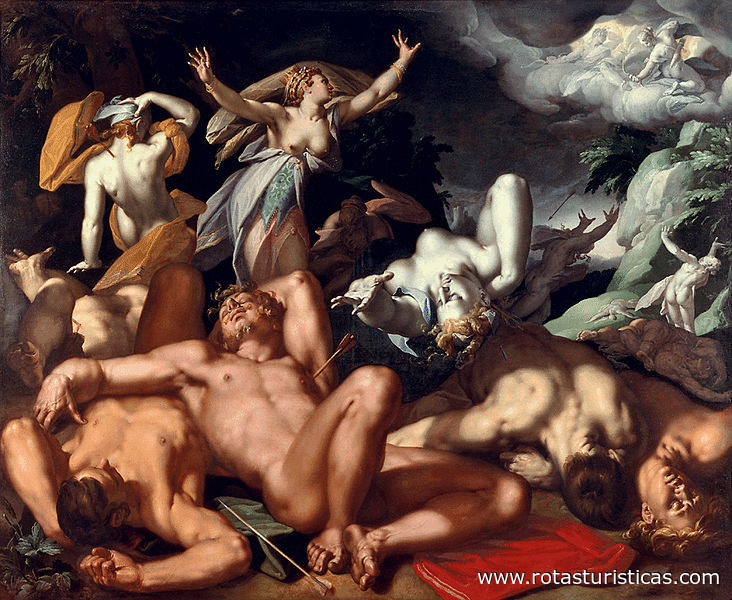 |
Colección Hirschsprung |
| 0,7 Km |
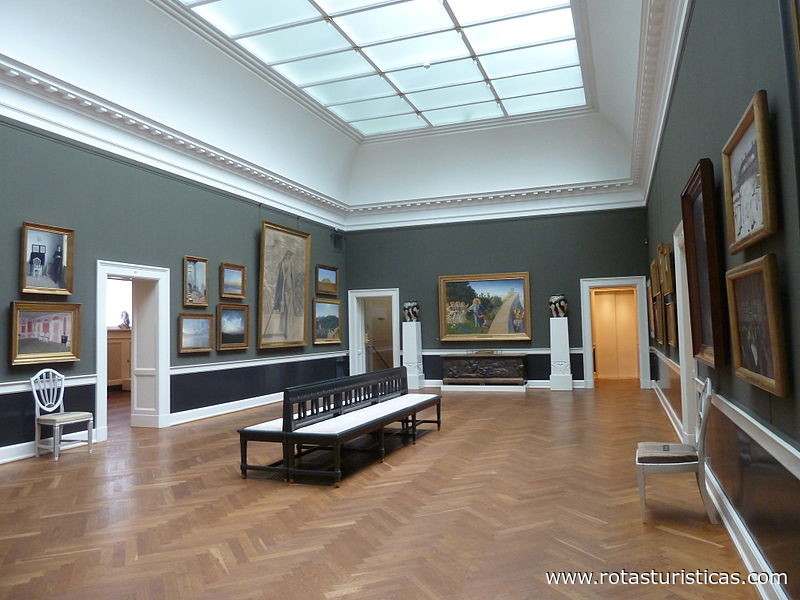 |
Centro de Arte Contemporáneo Nikolaj |
| 1,0 Km |
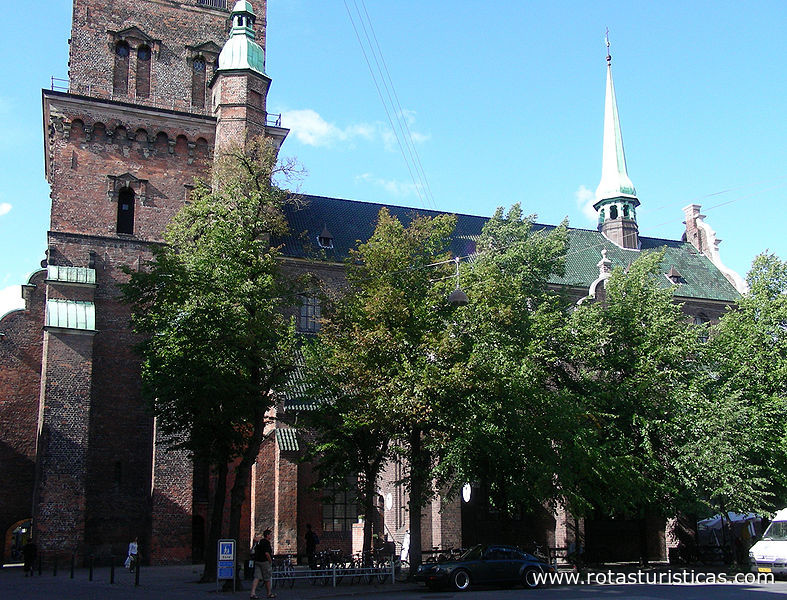 |
Museo Thorvaldsens |
| 1,0 Km |
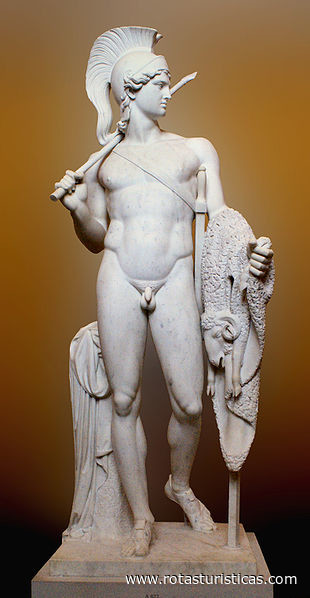 |
La casa victoriana |
| 1,1 Km |
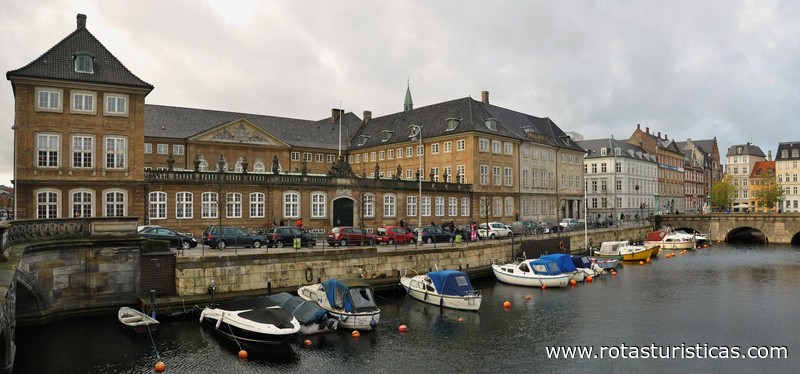 |
Museo Nacional de Dinamarca |
| 1,2 Km |
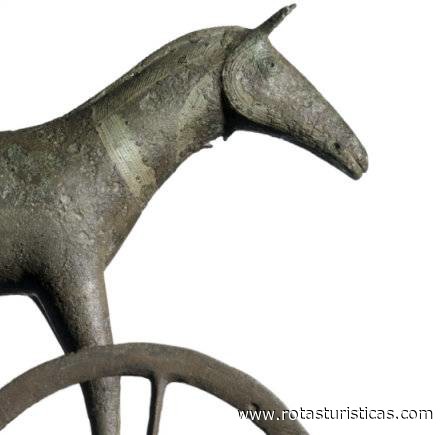 |
Ny Carlsberg Glyptotek |
| 1,3 Km |
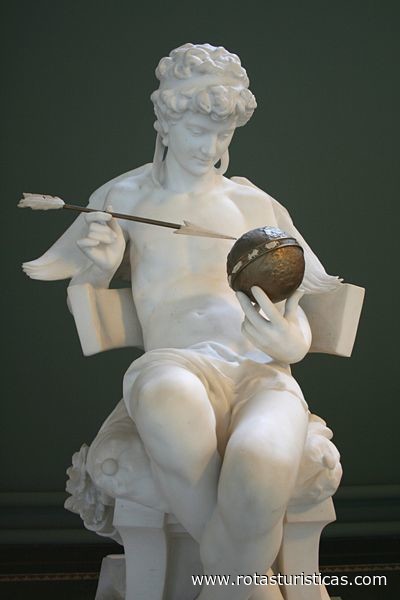 |
Museo Tøjhus |
| 1,3 Km |
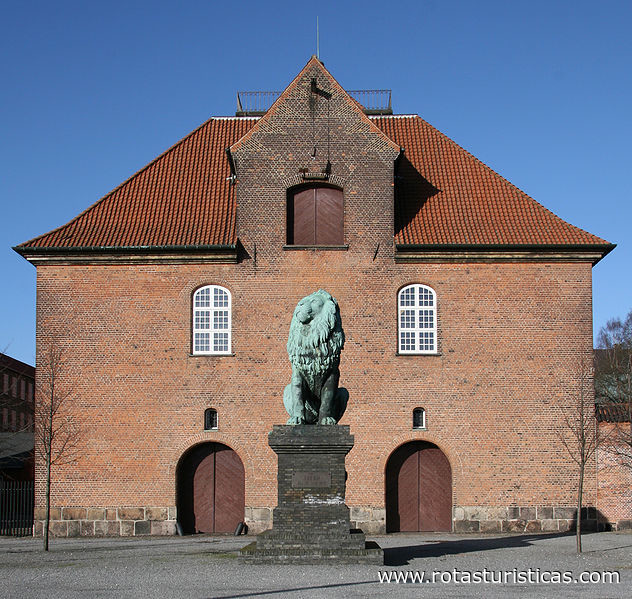 |
Museo judío danés |
| 1,4 Km |
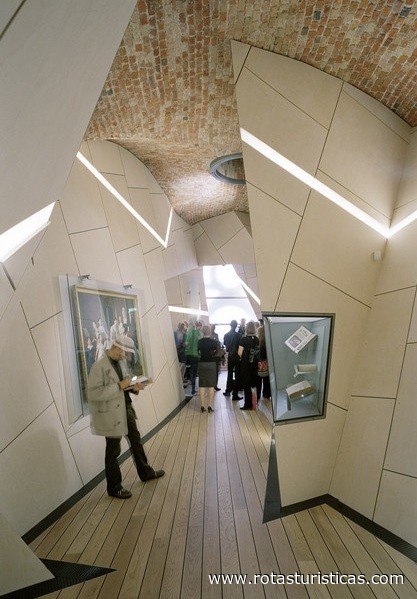 |
Designmuseum Dinamarca |
| 1,4 Km |
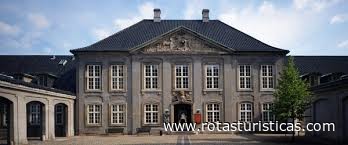 |
Museo de Copenhague |
| 1,8 Km |
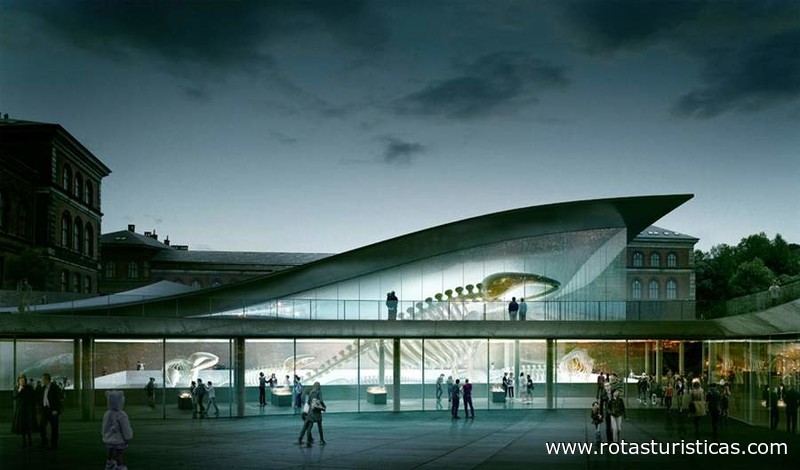 |
Ciudad Experimentarium |
| 1,8 Km |
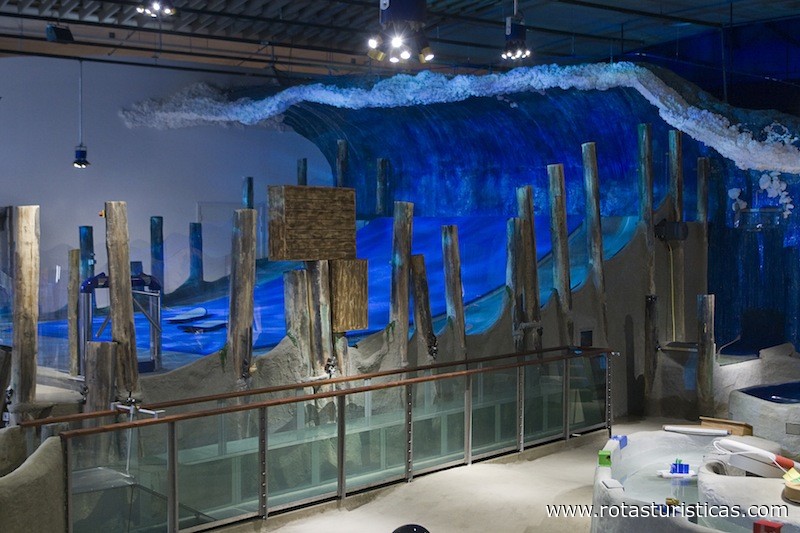 |
Nordatlantes Brygge |
| 1,8 Km |
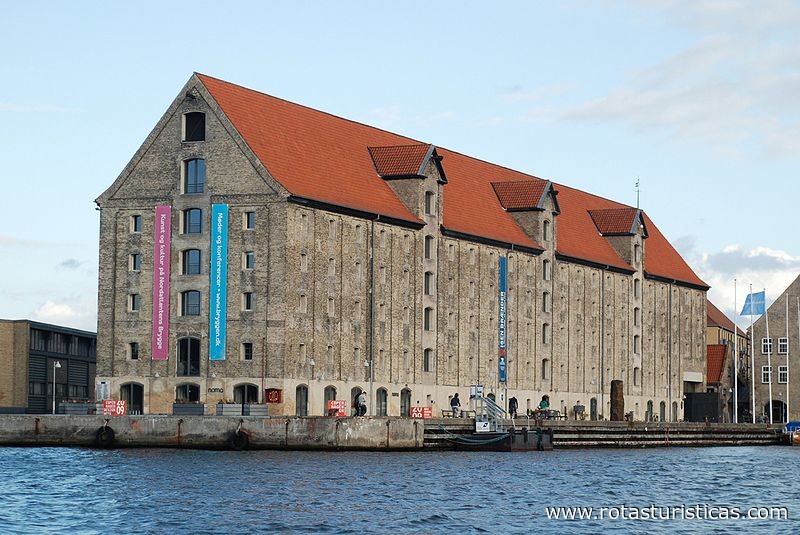 |
Museo Naval Real Danés |
| 1,9 Km |
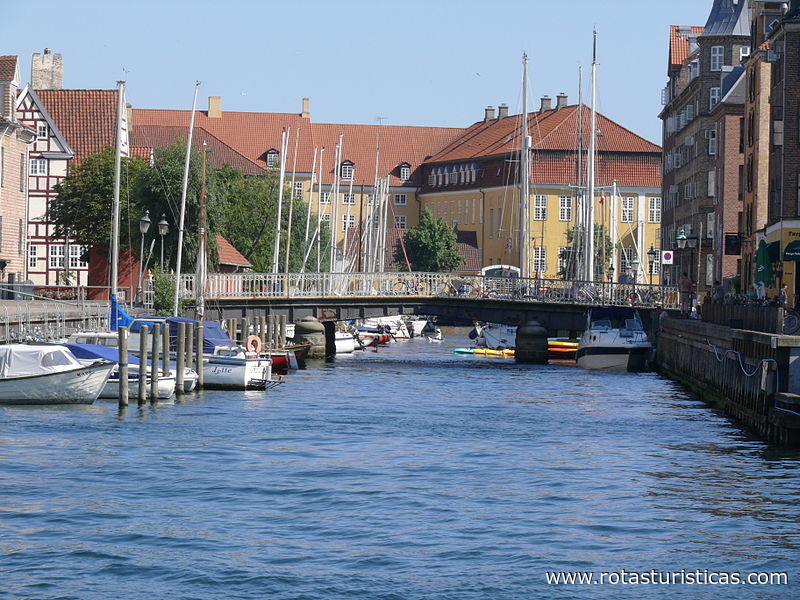 |
Museo Zoológico |
| 2,1 Km |
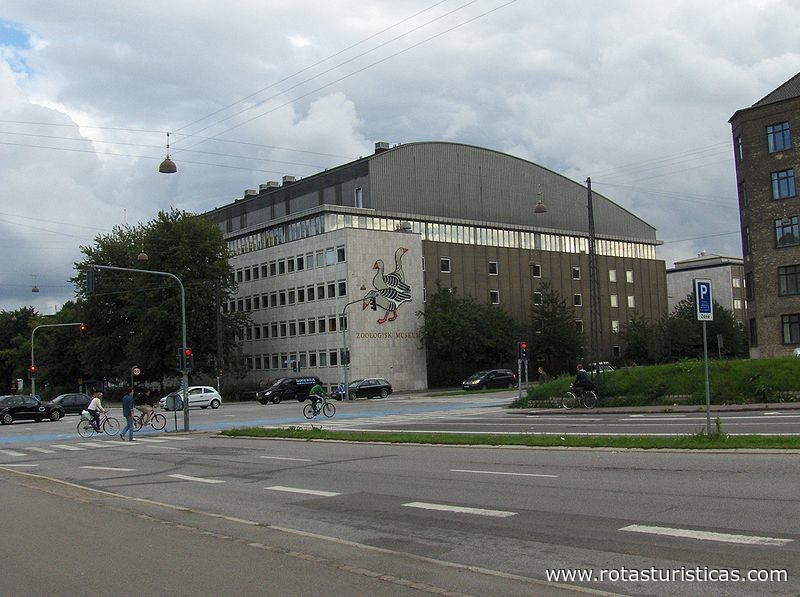 |
Casa diesel |
| 3,3 Km |
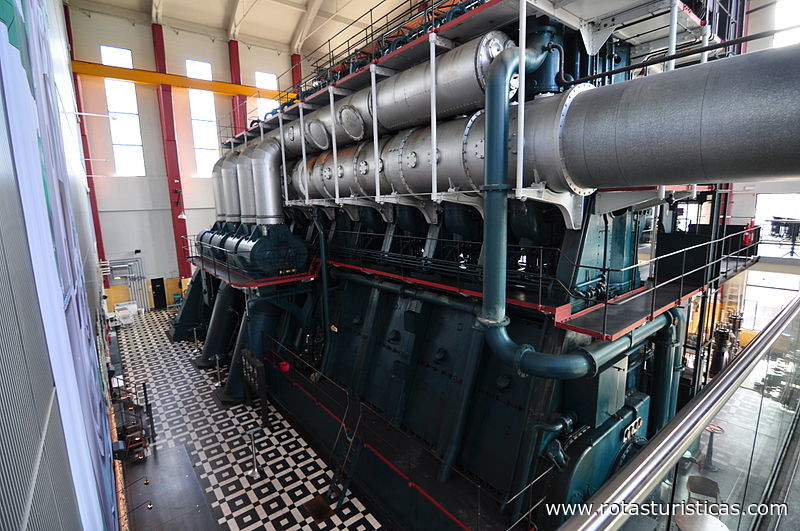 |
El museo al aire libre |
| 12,5 Km |
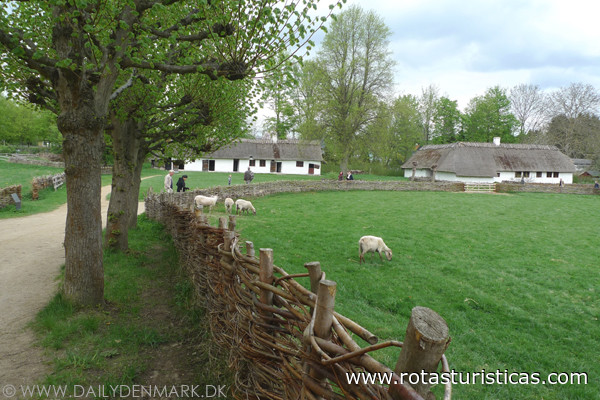 |
Museo Arken de Moderne Kunst |
| 14,3 Km |
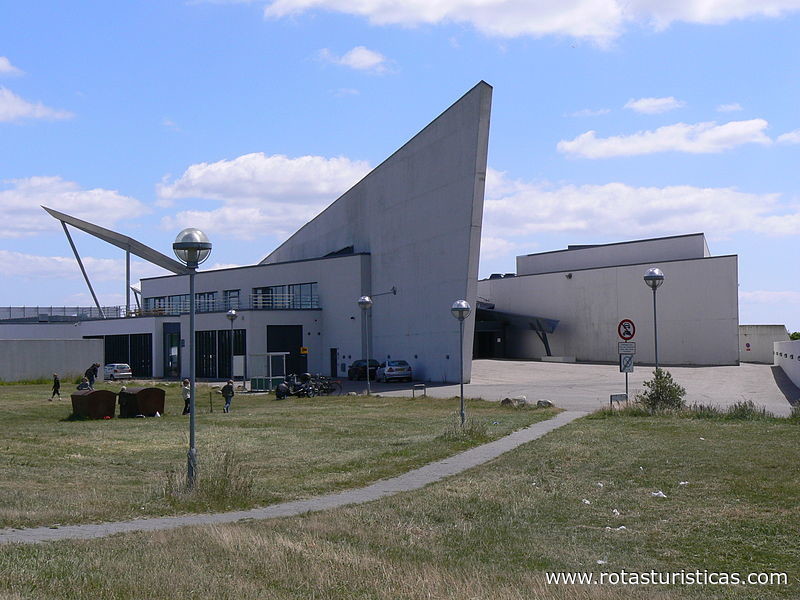 |
Reserva de hotéis nas proximidades de Worker's Museum num raio de 20 km
Sem resultados
Porquê reservar com RUTAS TURISTICAS
Os melhores preços
As nossas parcerias com os maiores operadores mundiais, oferecem uma pesquisa dos melhores preços de mercado.
Mais opções
No Rotas Turísticas pode reservar o hotel, comprar a passagem aérea, reservar o transfer do aeroporto para o hotel e vice-versa, reservar as excursões locais, alugar o carro, fazer o seguro de viagem e consultar os locais a visitar e onde ir
Dicas & Destinos de férias
Centenas de destinos de férias com todas as opções que lhe permitem facilmente escolher o destino que melhor combina com as suas férias de sonho.
RUTAS TURISTICAS
Links


